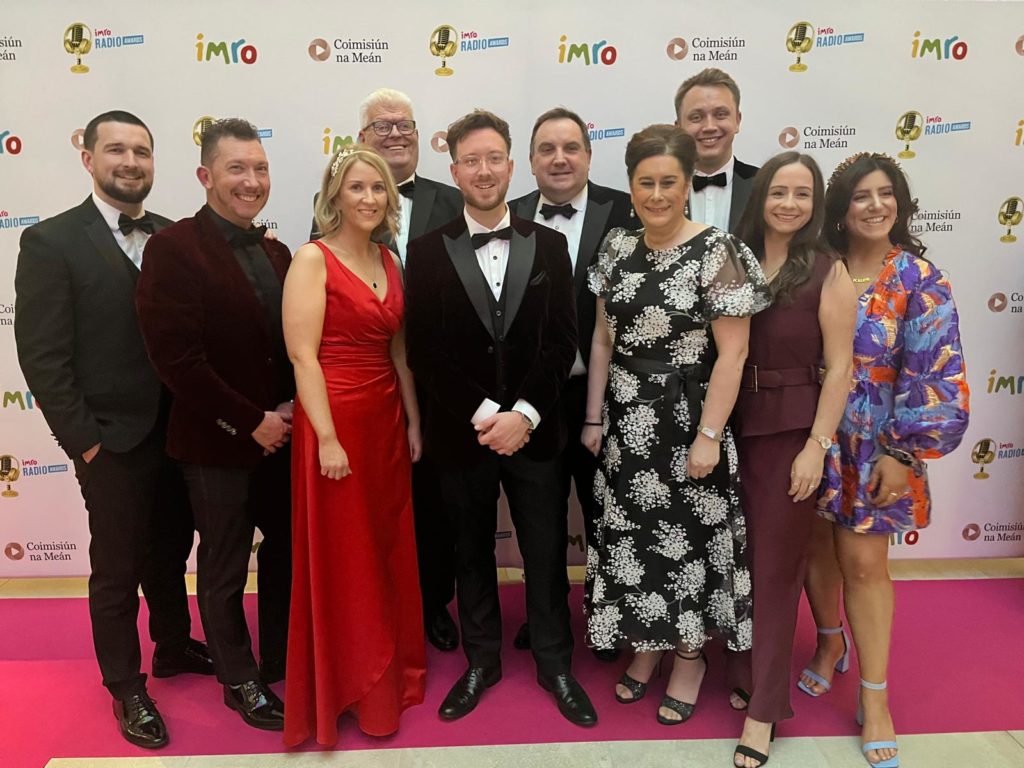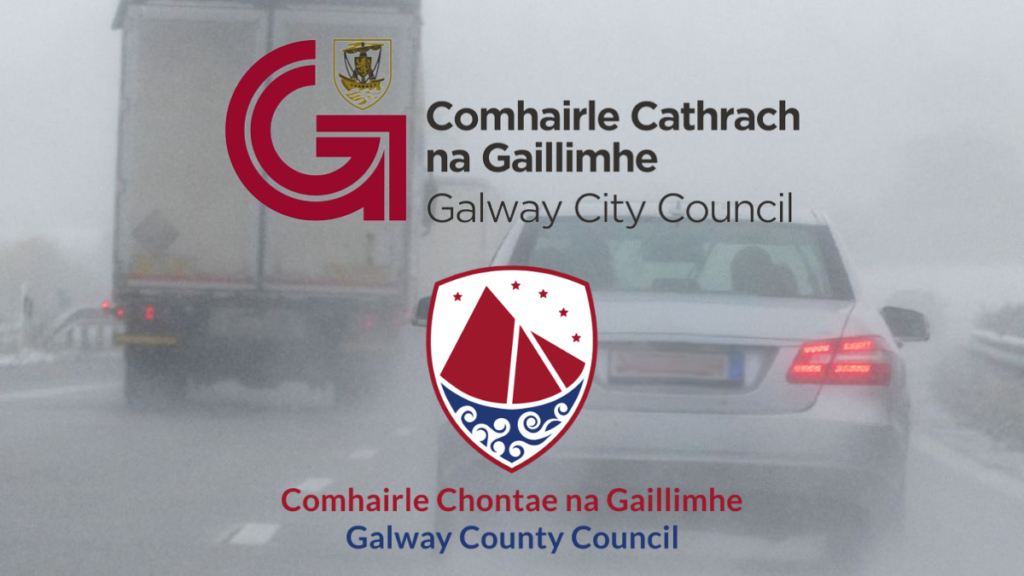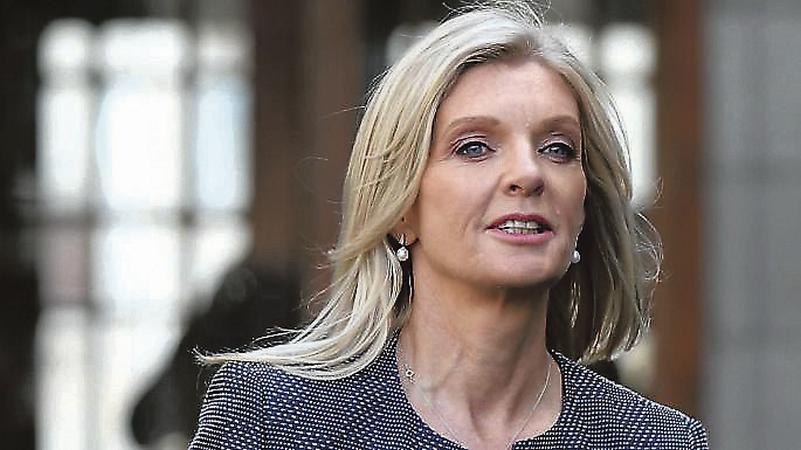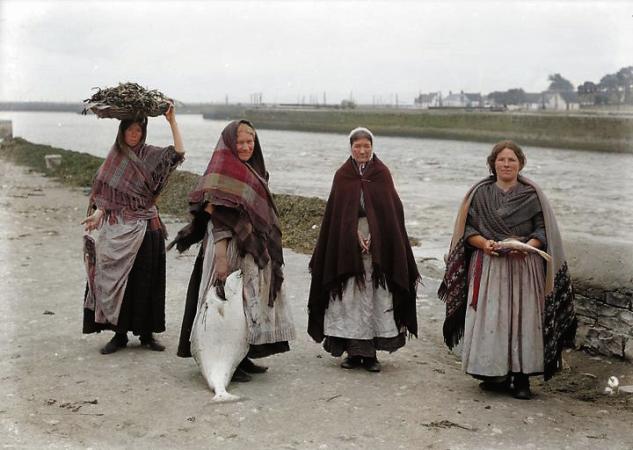Published:
-
-
Author: Our Reporter
~ 4 minutes read
The Claddagh fishing fleet played a major part in feeding the people of Galway for centuries. But it was the hardy women of the Claddagh who controlled sales of the fish on land and brought home the money, as historian WILLIAM HENRY explains.
The fishing industry played a vital role in Galway life from the very foundation of the city, and particularly in the Claddagh. During the medieval period there were two fish markets in the city, which is an indication of the importance of this trade.
These traders not only supplied the city, county and province; but sometimes ran an export trade in fish during those early times. The Claddagh fishing fleet played a prominent role in this industry. They worked extremely hard, sometimes in extreme danger to support the demand and provide for their families. One generation after another passed on the skills that made them so successful and in the process they built up a reputation as excellent seamen.
In 1836, an Irish fisheries report was commissioned by the government. It stated that the Claddagh fleet was capable of taking some 10,000 herring in one night’s catch. The fishing was such that fish were plentiful and cheap in Galway.
The Galway fish market that evolved at Spanish Parade in front of the Spanish Arch became one of the most famous in the country. It was held on the site of the former medieval docks. This old harbour fell into decline after the wars of seventeenth century and was eventually reclaimed. (The foundation of this harbour still exists under the modern-day concrete and Portmore).
The Spanish Parade as it was known was the place where the Claddagh women sold fish to people from all over Galway. These women played a prominent role in the sale of fish; in fact they controlled the entire trade from at least the eighteenth century.
Initially, the fish were sold in a circular route from Raven Terrace, Dominick Street, Bridge Street, Cross Street and down Quay Street. This was an unofficial fish market, as the corporation hadn’t sanctioned these areas. This changed as the nineteenth century dawned and the area before the Spanish Arch was provided by the authorities for the women to sell their fish.
However, the women weren’t happy at first with the move to Spanish Parade and complained about the lack of access to the fish market. They demanded that a bridge be built across the Corrib. Eventually in 1851, a temporary wooden bridge was constructed as part of the Eglinton Canal development. This was the first bridge linking the Claddagh and Spanish Parade. The construction of the bridge was supported by the Town Commissioners to the sum of £800.
The women utilised the bridge immediately and it was left in position for them after the canal opened. It was replaced by an Iron bridge in 1887; and in 1934 the Wolfe Tone Bridge opened on the same site.
There was a large rectangular area known as ‘The Concrete’ in front of the arch where prices were agreed and bargains were made. Depending on the tide, the fish catch could be landed directly at the market area. Herring, mackerel, hake and conger-eels were just some of the fish sold there.
The women stood for hours with various types of baskets, skibs and creels filled with fish as their children played nearby. Large square baskets were used to store the main bulk of the fish and smaller ones were carried around by the women; some with skibs balanced on their heads. This was in addition to looking after their children and household tasks, that sometimes included mending nets.
Pictured: Four Claddagh women making their way to the Fish Market. This was a postcard that was printed in Berlin, circa 1905. One source suggested these women were Nonnie O’Donnell, Mary Rodgers, Kitty Conneely and a Mrs Gill.
For more, read this week’s Connacht Tribune:
Connacht Tribune Digital Edition App
Download the Connacht Tribune Digital Edition App to access to Galway’s best-selling newspaper. Click HERE to download it for iPhone and iPad from Apple’s App Store, or HERE to get the Android Version from Google Play.
Or purchase the Digital Edition for PC, Mac or Laptop from Pagesuite HERE.
Get the Connacht Tribune Live app
The Connacht Tribune Live app is the home of everything that is happening in Galway City and county. It’s completely FREE and features all the latest news, sport and information on what’s on in your area. Click HERE to download it for iPhone and iPad from Apple’s App Store, or HERE to get the Android Version from Google Play.
More like this:

Galway Bay FM named in top three local radio stations at the IMRO All-Ireland Radio Awards
This article first appeared on Galway Bay FMGalway Bay FM has been named in the top three local r...

Clean Up Underway throughout Galway City and County following Storm Amy
This article first appeared on Galway Bay FMThe clean-up is underway throughout Galway City and C...

Independent Ireland MEP warns communities remain exposed to extreme weather events
This article first appeared on Galway Bay FMIndependent Ireland MEP Ciaran Mullooly has warned th...

18 Food Producers from Galway win awards at Blas na hÉireann
This article first appeared on Galway Bay FM18 producers from Co. Galway have won awards at Blas ...

Further remand for man charged with knife attack
By Ronan Judge The State has been granted a further four weeks in the “very serious matter” of...

Circuit Court to try man on drugs charges
By Ronan Judge The case of a 27-year-old man accused of the sale or supply of drugs in Roscam ...

Cocaine charge after Galway City hotel arrest
By Ronan Judge The case of a man accused of possession of cocaine and criminal damage at a hot...

Jail for man who threatened staff at Galway bus station
By Ronan Judge A man who became aggressive to staff at Galway bus station has received a two m...

Organ recipients and donor families gather for unique thanksgiving celebration
There was strong Galway representation among a congregation of 1,500 from across Ireland and over...
Sign Up To get Weekly Sports UPDATES


